In the ever-evolving world of commercial kitchens, the quest for efficiency, versatility, and performance is unending. As someone who has spent a considerable amount of time in this industry, observing trends, testing new technologies, and advising clients, I’ve come across a recurring question: Are commercial induction concave stoves better than their flat counterparts? Today, I aim to delve deep into this topic, comparing the two types of stoves from various angles to help you make an informed decision for your kitchen.
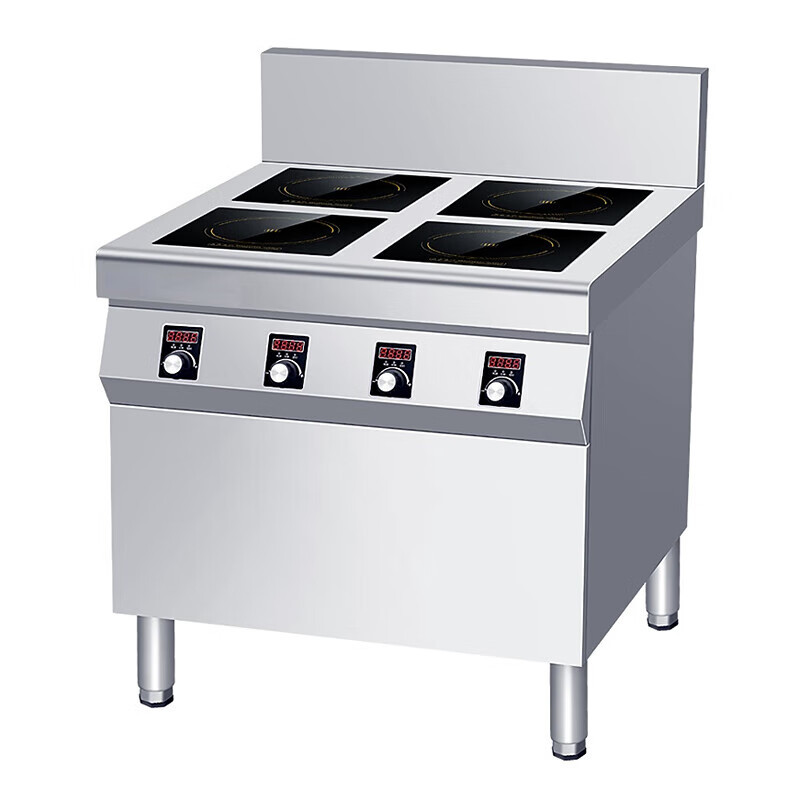
Understanding the Basics
Before we jump into comparisons, it’s crucial to understand what sets commercial induction concave stoves and flat stoves apart.
Commercial Induction Concave Stoves feature a concave (curved inward) cooking surface. This design is intended to better accommodate round-bottomed woks and other curved cookware, which are staples in many Asian cuisines. The concave shape helps to focus the heat and electromagnetic field, potentially improving cooking efficiency and control.
Commercial Induction Flat Stoves, on the other hand, have a flat cooking surface. This is the more traditional design, suitable for a wide range of cookware, including flat pans, griddles, and saucepans. Flat stoves are known for their versatility and ease of use with standard kitchen equipment.
Cooking Performance and Efficiency
One of the primary considerations when choosing between concave and flat stoves is their cooking performance and efficiency. Let’s explore how each type fares in this regard.
Heat Distribution and Control
Concave Stoves: The concave shape of these stoves is designed to optimize heat distribution when using round-bottomed woks. The curved surface helps to concentrate the heat at the bottom of the wok, where it’s needed most, while also allowing for even heat distribution up the sides. This can result in faster cooking times and more consistent results, especially when stir-frying or deep-frying.
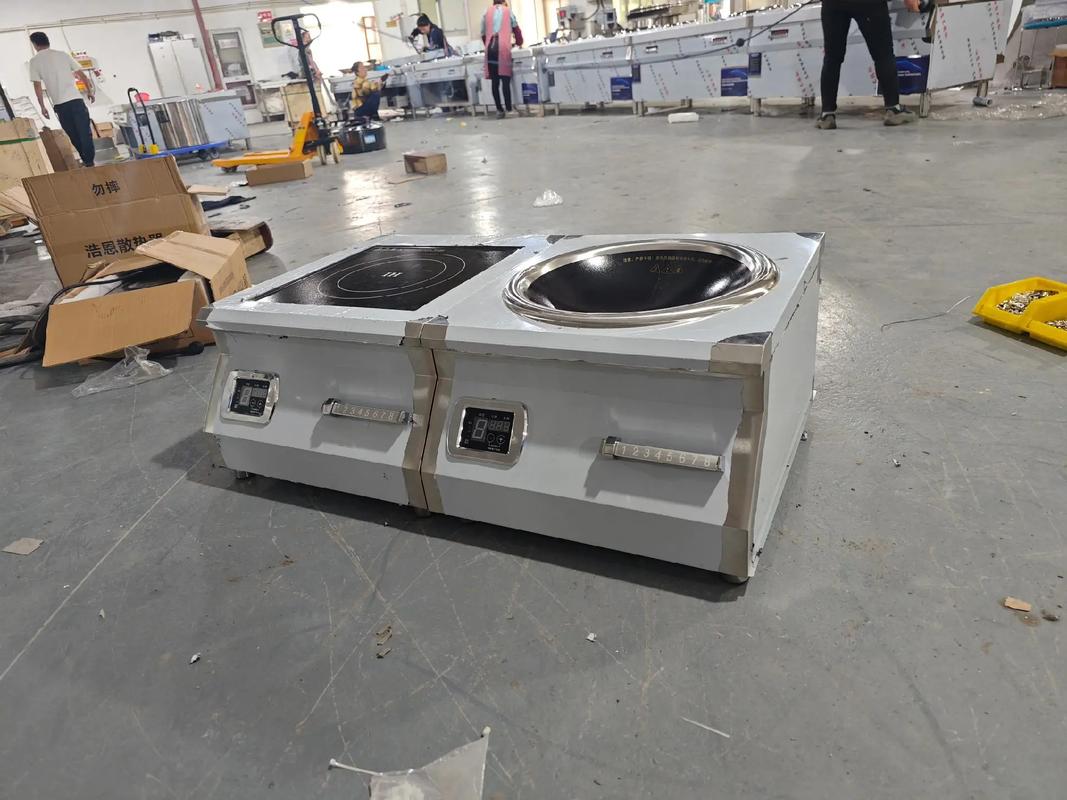
Flat Stoves: Flat stoves offer excellent heat distribution across the entire cooking surface, making them ideal for tasks that require uniform heating, such as searing meats or simmering sauces. However, when using round-bottomed woks, the heat may not be as concentrated at the bottom, potentially leading to uneven cooking if not managed properly.
Table 1: Heat Distribution Comparison
| Stove Type | Heat Concentration | Even Heat Distribution | Suitable Cookware |
|---|---|---|---|
| Concave | High at wok bottom | Good up wok sides | Round-bottomed woks |
| Flat | Uniform across surface | Excellent | Flat pans, griddles, saucepans |
Energy Efficiency
Both concave and flat induction stoves are highly energy-efficient compared to traditional gas stoves, as they convert nearly 90% of the electrical energy into heat. However, the concave design may offer slight advantages in certain cooking scenarios.
Concave Stoves: By focusing the heat and electromagnetic field on the wok, concave stoves can reduce energy waste and improve cooking speed. This is particularly beneficial in high-volume kitchens where time and energy savings are crucial.
Flat Stoves: While flat stoves are also energy-efficient, their design may not be as optimized for round-bottomed woks, potentially leading to slightly higher energy consumption in these specific use cases.
Table 2: Estimated Energy Savings (Based on 8 Hours of Daily Use with Woks)
| Stove Type | Annual Energy Consumption (kWh) | Estimated Annual Cost Savings (USD, at $0.12/kWh) vs. Gas Stove |
|---|---|---|
| Concave | 9,500 | $1,872 (assuming gas stove efficiency of 40%) |
| Flat | 10,000 | $1,728 (assuming gas stove efficiency of 40%) |
Note: These estimates are based on average usage patterns and may vary depending on the specific model, cookware, and cooking techniques used.
Versatility and Cookware Compatibility
Another important factor to consider is the versatility of the stove and its compatibility with different types of cookware.
Concave Stoves
As mentioned earlier, concave stoves are primarily designed for round-bottomed woks. While they can technically be used with flat cookware, the results may not be optimal due to the curved surface. This limits their versatility to some extent, especially in kitchens that require a wide range of cooking techniques and equipment.
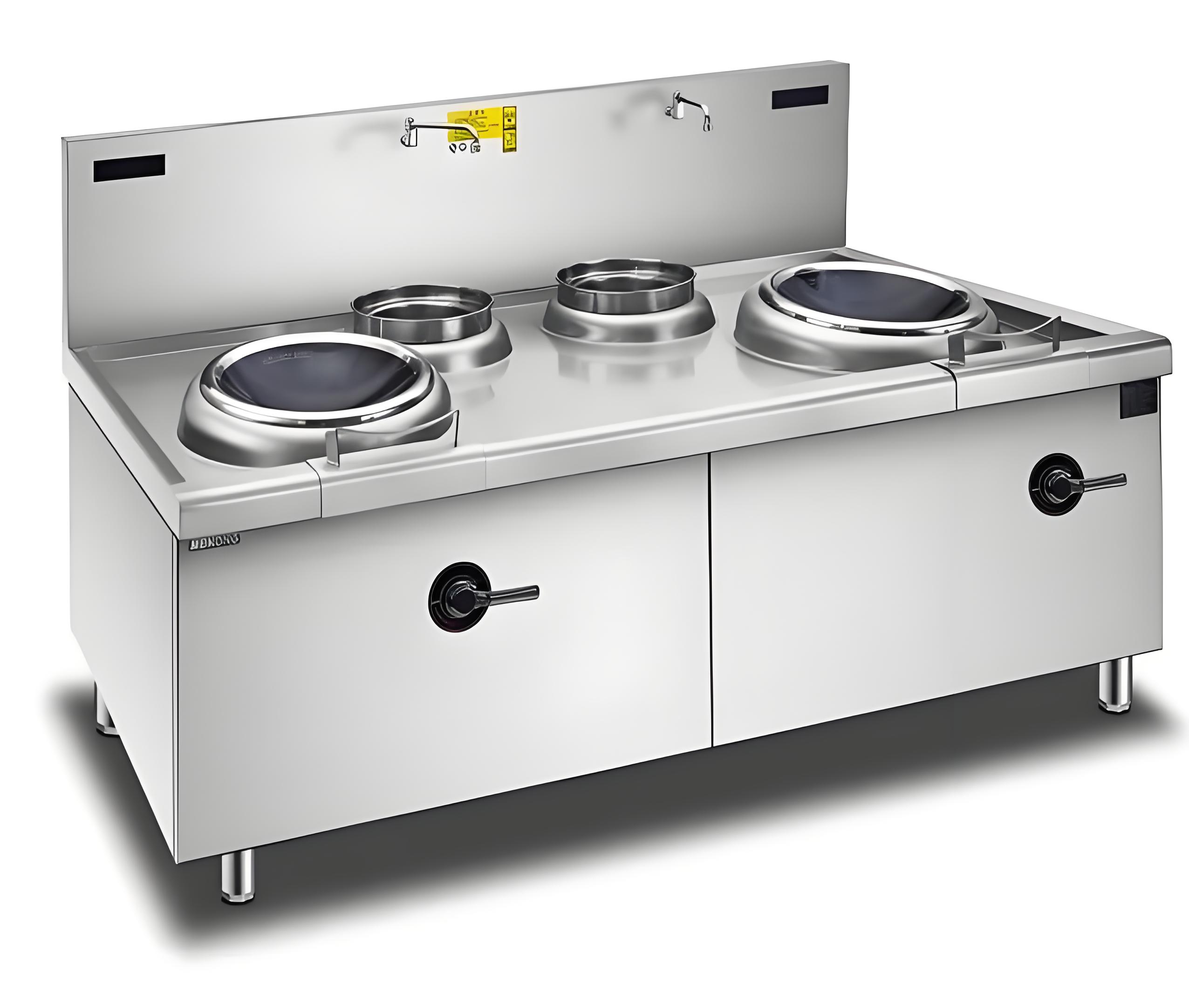
Flat Stoves
Flat stoves are the more versatile option, as they can accommodate virtually any type of cookware with a flat bottom. This includes pans, griddles, saucepans, and even some round-bottomed woks with the use of a wok ring or adapter. The ability to switch between different cookware types seamlessly makes flat stoves a popular choice in busy commercial kitchens.
Table 3: Cookware Compatibility
| Stove Type | Best Suited For | Can Use With Adaptation | Not Recommended For |
|---|---|---|---|
| Concave | Round-bottomed woks | Limited flat cookware (may not heat evenly) | Deep pots, large griddles |
| Flat | Flat pans, griddles, saucepans | Round-bottomed woks (with wok ring) | N/A (highly versatile) |
Ease of Use and Maintenance
The ease of use and maintenance of kitchen equipment can significantly impact the overall efficiency and productivity of a commercial kitchen. Let’s compare concave and flat stoves in this regard.
Ease of Use
Concave Stoves: Using a concave stove requires some adjustment, especially for chefs who are accustomed to flat surfaces. The curved shape may take some getting used to, and proper wok placement is crucial for optimal cooking results. However, once mastered, the concave design can offer superior control and performance for wok-based cooking.
Flat Stoves: Flat stoves are intuitive and easy to use, as they mimic the traditional cooking surfaces that most chefs are familiar with. There’s no need to adjust for curvature or worry about wok placement, making them a hassle-free option for kitchens with a diverse range of cooking tasks.
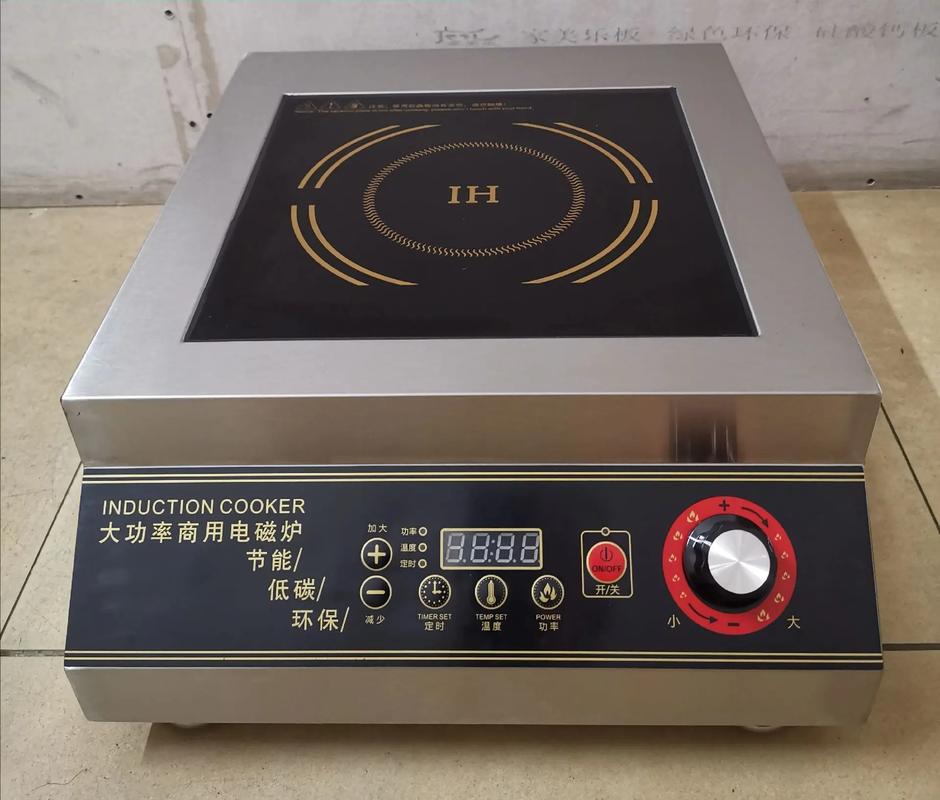
Maintenance
Both concave and flat induction stoves are relatively easy to maintain, thanks to their smooth, non-porous surfaces. However, there are some differences to consider.
Concave Stoves: The curved surface of concave stoves can make cleaning slightly more challenging, as food particles and grease may accumulate in the crevices. Regular wiping and occasional deep cleaning are necessary to keep the stove in top condition.
Flat Stoves: Flat stoves are a breeze to clean, as there are no hidden nooks or crannies for food to get trapped in. A simple wipe-down with a damp cloth is usually sufficient to remove any spills or splatters.
Table 4: Ease of Use and Maintenance
| Stove Type | Learning Curve | Daily Cleaning | Occasional Deep Cleaning |
|---|---|---|---|
| Concave | Moderate (adjustment to curved surface) | Moderate (crevices may trap food) | Required (to remove built-up grease) |
| Flat | Low (familiar to most chefs) | Easy (smooth surface) | Less frequent (as needed) |
Space and Layout Considerations
The physical dimensions and layout of your kitchen can also influence your choice between concave and flat stoves.
Space Efficiency
Concave Stoves: Due to their specialized design, concave stoves may take up slightly more space than flat stoves, especially when considering the need for proper ventilation and clearance around the curved surface. However, this difference is usually negligible in most commercial kitchen settings.
Flat Stoves: Flat stoves have a more compact and streamlined design, making them easier to fit into tight spaces or integrate into existing kitchen layouts. Their versatility also allows for more flexible arrangement of cooking stations.
Layout Flexibility
Concave Stoves: If your menu heavily features wok-based dishes, incorporating concave stoves into your kitchen layout can create a dedicated wok station that enhances efficiency and workflow. However, this may limit your ability to switch between different cooking techniques easily.
Flat Stoves: Flat stoves offer greater layout flexibility, as they can be used for a wide range of cooking tasks. This makes them ideal for kitchens that need to adapt quickly to changing menu items or cooking styles.
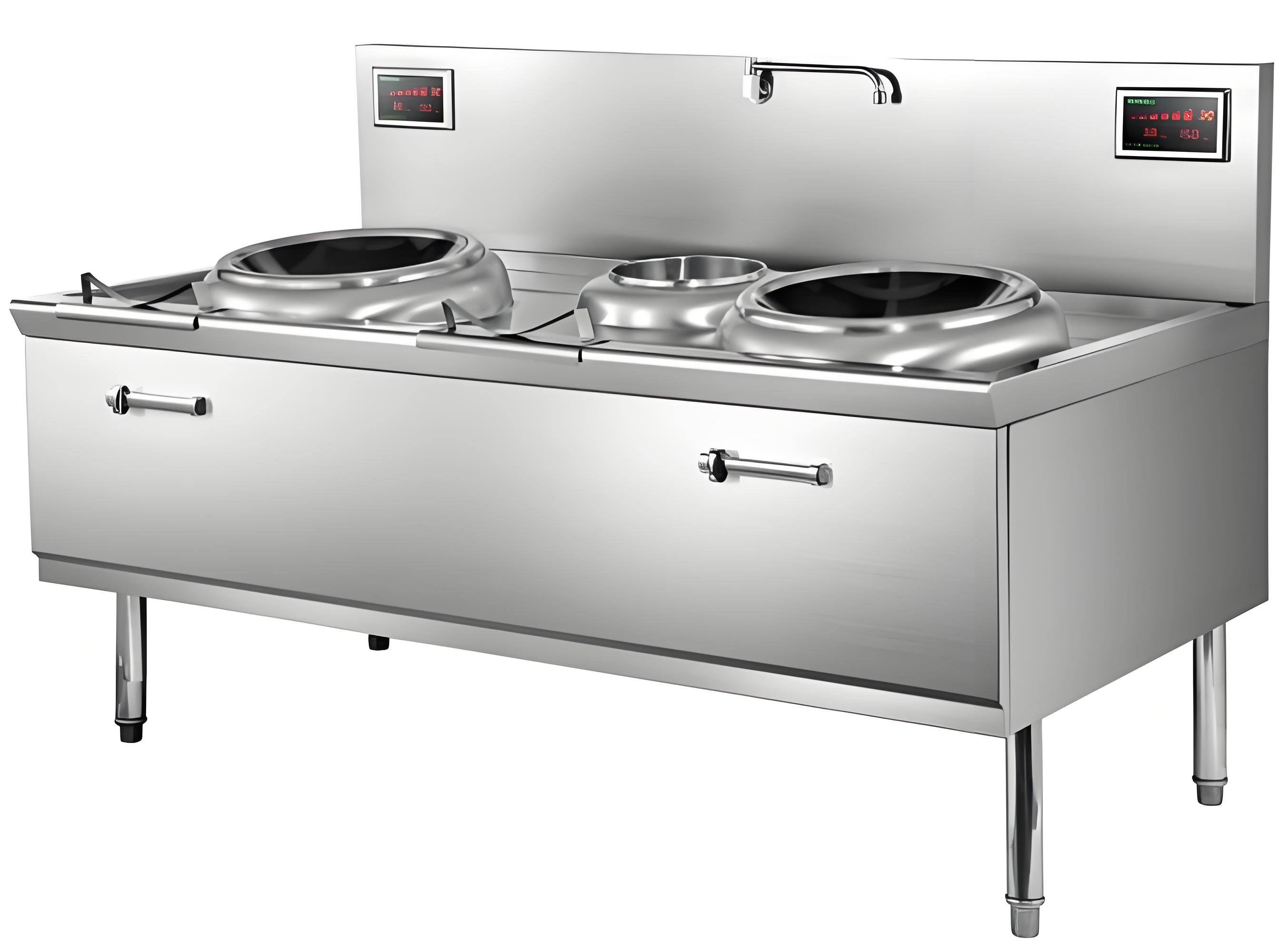
Making the Decision: Factors to Consider
Now that we’ve explored the various aspects of concave and flat induction stoves, it’s time to consider the factors that will influence your decision.
Menu and Cooking Style
If your menu prominently features wok-based dishes, such as stir-fries, noodles, or fried rice, a concave stove may be the better choice. Its specialized design can enhance the flavor and texture of these dishes while improving cooking efficiency. However, if your menu is more diverse and includes a variety of cooking techniques, a flat stove may offer greater versatility and flexibility.
Kitchen Layout and Space
Evaluate your kitchen’s layout and available space when making this decision. If you have a dedicated wok station or ample space to accommodate concave stoves, they can be a valuable addition to your kitchen. On the other hand, if space is limited or you need to maximize flexibility, flat stoves may be the more practical option.
Budget and Cost Considerations
While both concave and flat induction stoves are investments in your kitchen’s efficiency and performance, there may be differences in cost depending on the brand, model, and features. Consider your budget constraints and weigh the long-term benefits of each type of stove before making a decision.
Staff Training and Preferences
Finally, take into account the training and preferences of your kitchen staff. Some chefs may be more familiar and comfortable with flat stoves, while others may embrace the challenge and benefits of concave stoves. Providing training and support can help ensure a smooth transition to new equipment, regardless of your choice.
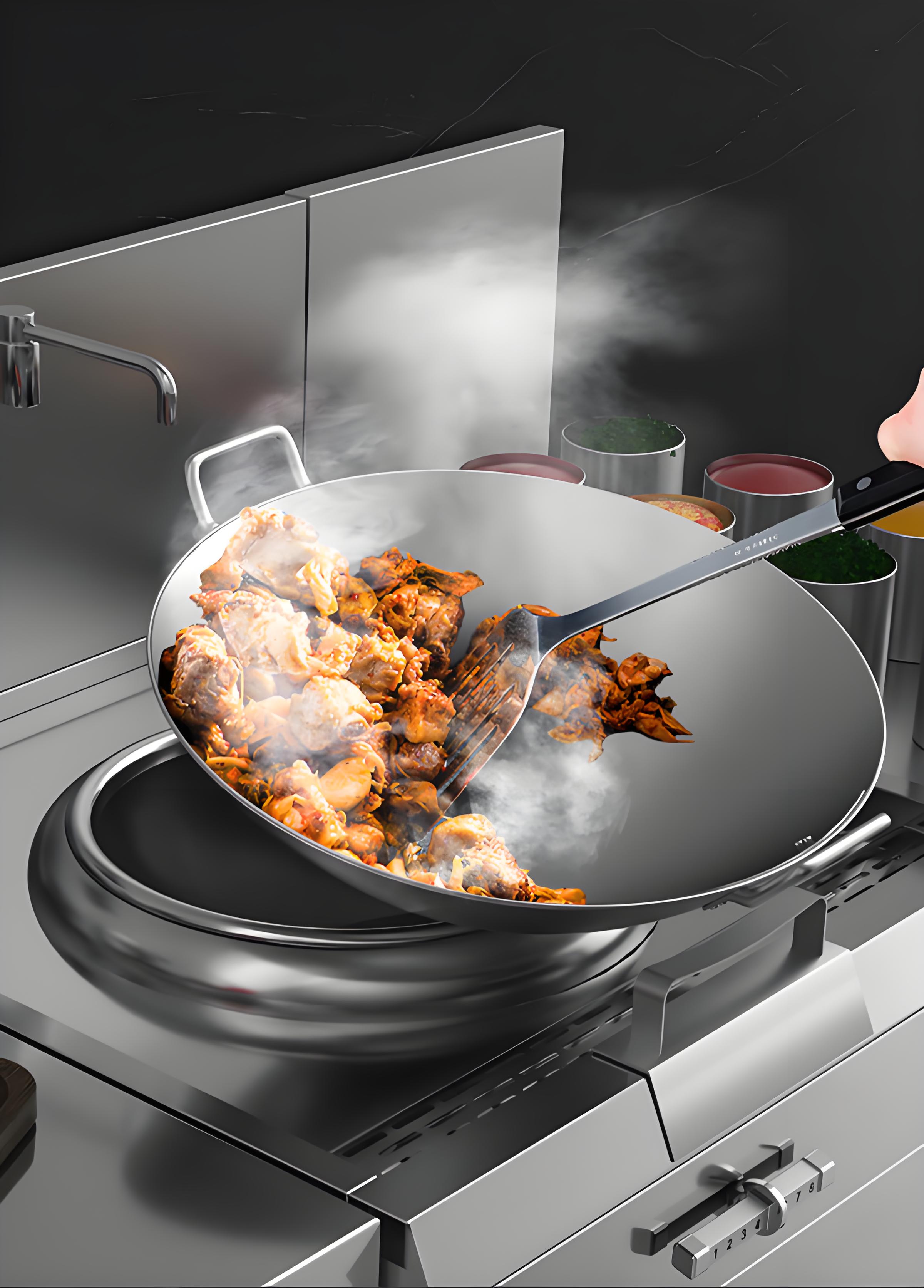
Conclusion
In the debate between commercial induction concave stoves and flat stoves, there is no definitive answer as to which is better. The decision ultimately depends on your specific needs, menu requirements, kitchen layout, and budget considerations. Concave stoves offer superior performance and efficiency for wok-based cooking, while flat stoves provide versatility and ease of use for a wide range of cooking tasks. By carefully evaluating the factors outlined in this article, you can make an informed decision that enhances the overall performance and productivity of your commercial kitchen.
Related Q&A
Q: Can I use a concave induction stove with a flat pan?
A: While it’s technically possible to use a flat pan on a concave induction stove, the results may not be optimal due to the curved surface. The heat may not be evenly distributed, leading to uneven cooking. It’s best to use round-bottomed woks or other cookware specifically designed for concave stoves.
Q: Are concave induction stoves more expensive than flat ones?
A: The cost of concave and flat induction stoves can vary depending on the brand, model, and features. In general, concave stoves may be slightly more expensive due to their specialized design and construction. However, the price difference is usually not significant, and both types of stoves are considered investments in your kitchen’s efficiency and performance.
Q: Do I need special ventilation for a concave induction stove?
A: Yes, proper ventilation is essential for any commercial kitchen, including those with concave induction stoves. While induction stoves produce less ambient heat compared to gas stoves, they still generate heat and steam during cooking. Ensure that your kitchen has adequate ventilation to remove these byproducts and maintain a comfortable working environment.
Q: Can I convert a flat induction stove into a concave one?
A: No, it’s not possible to convert a flat induction stove into a concave one. The cooking surface and underlying technology are fundamentally different, and attempting to modify the stove could void the warranty and pose safety risks. If you need a concave stove, it’s best to purchase one specifically designed for that purpose.
Q: Are induction stoves suitable for all types of commercial kitchens?
A: Induction stoves are highly versatile and can be used in a wide range of commercial kitchens, from restaurants and cafes to catering services and institutional kitchens. However, it’s important to consider your specific cooking needs, menu requirements, and kitchen layout when choosing between induction and other types of stoves, such as gas or electric.





